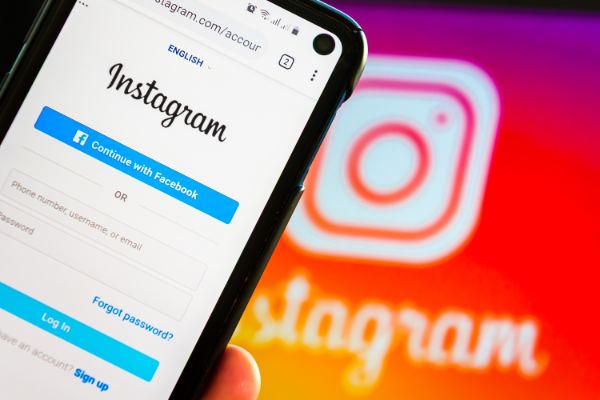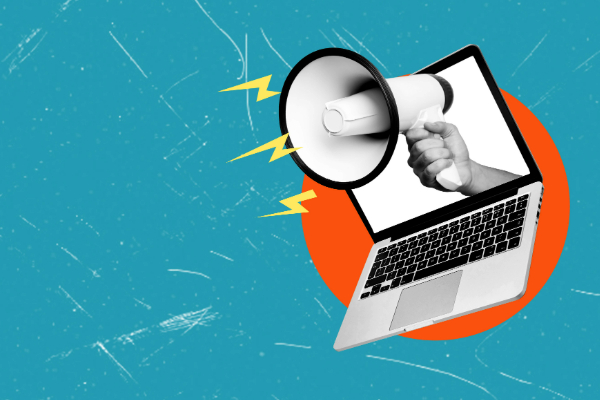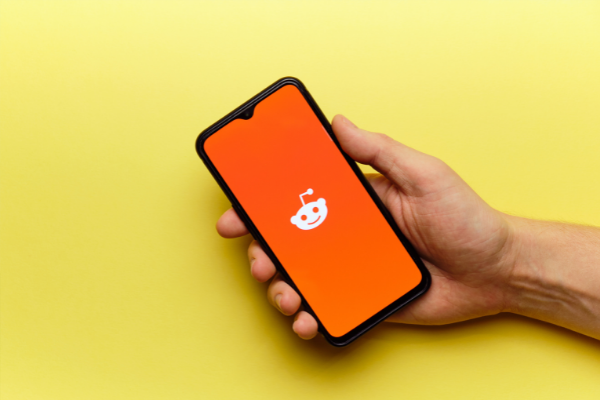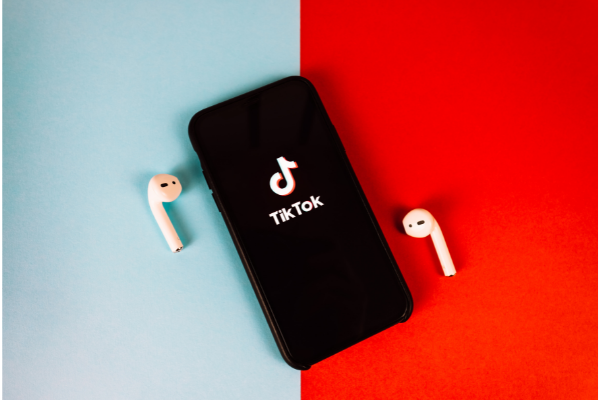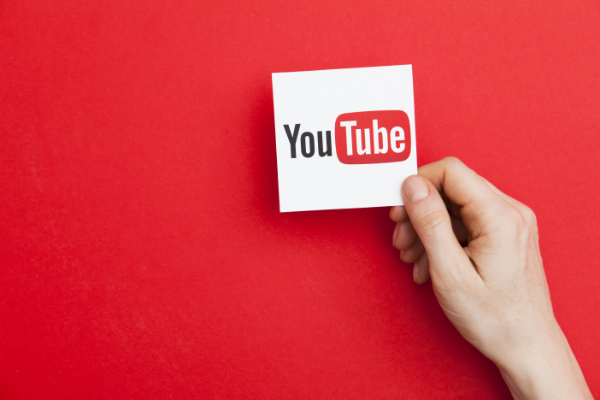Insights
INSIGHTS
All Topics
How to create a social media kit
28 Sep 2022by Joe Lepper
Charities are advised to create a social media kit to improve the way they manage their profile online
The already strong work from charities on social media, ranging from promoting case studies from staff and beneficiaries to highlighting forthcoming campaigns, can be stepped up markedly through the creation of a social media kit.
These kits include vital information and tools charities need to be effective across social media platforms. They can also ensure consistency to storytelling, whether posting on Facebook, LinkedIn, or Twitter.
Here we explain what a social media kit is and what it should include. We also explore the benefits a kit offers charities, from brand consistency to offering compelling promotion of their work among funders and other partners. We will also look at some of the design software available to ensure posts are eye catching and well read.
What is a social media kit?
A social media kit is a collection of digital materials needed to run a successful social media campaign. This involves templates that can help speed up content creation online and ensure consistency of imagery and messaging across posts.
A social media kit can also be invaluable in creating content swiftly and reacting to events as they happen. Another use of a social media kit is to provide information to funders and other partners about the charity’s social media activity and successes, including the breadth of its engagement and interaction on platforms.
What is included?
Typical elements of a social media kit include:
- A guide to brand imagery, including colour schemes as well as ensuring that there is diversity among the people depicted, so charities’ can appeal to as broad a supporter base as possible
- A guide to best use of content. This can focus on the best hashtags and whether these need to change for different social media platforms. It can also explain how to phrase and schedule posts to ensure they do not offend as well as engage supporters effectively
- Social media analysis. Showcasing social media statistics, such as around demographics, can help charities know when and where to post. They also provide information to partners around how the charity is performing on social media. Information can include engagement figures, best times to post, and the key platforms to use to target different audiences
Consistency of brand
A benefit to charities of a social media kit is ensuring consistency of branding. Users from Twitter to Instagram should be able to easily spot a post by a particular charity based on the same imagery, hashtags, and messaging. These often need to be slightly tweaked to fit each platform’s audience but consistency of branding across all needs to be maintained. This is a key strength of a social media kit.
Compelling storytelling
With information readily at hand from a social media kit, especially around the content and imagery to use, charities can react swiftly to major events, such as the death of Queen Elizabeth II in September 2022 or the conflict in Ukraine during 2022.
Demographic information should include details about the best platforms to use and the key times to post. These ensure that compelling stories reach the right audience at the right time.
Focusing on socials that are beneficial
Another strength of a social media kit is that it ensures charities can focus on the most beneficial content, which is likely to generate the most engagement. This is because the kit contains details around timing and content, as well as how often supporters are likely to engage with a post. Such knowledge is invaluable to ensure a post is not ignored.
Getting graphic design software
There is a raft of software available to help charities ensure their social media posting is engaging and is making good use of images, text, and video. Useful tools include:
Canva offers charities the chance to choose from millions of images, illustrations and icons in their social media graphics. Canva offers a non-profit programme with free access for up to ten members of a charity. This includes access to images, video, music, as well as colour palettes, templates and fonts to choose from.
Piktochart focuses on creating eye-catching infographics and is aimed at professional designers and beginners alike.
Fotor provides tools for creating engaging social media graphics, including thumbnails for Youtube videos. Users can select from templates and upload their own imagery and text.
Snappa has a free and paid for version and allows users to access its stock photos, graphics and text. It also offers scheduling options. Among distinct features is being able to remove the background from an uploaded image easily.
Joe Lepper
More on this topic
Related Content
Recommended Products
Featured Products
15 Jan 2025by Laura Stanley
How to revisit your charity’s story in 2025Sponsored Article
14 Jan 2025by Christine Chiu
A simple guide to social banners and imagesSponsored Article
03 Jan 2025by Josie Sparling
The complete guide to livestream fundraising
Our Events
Charity Digital Academy
Our courses aim, in just three hours, to enhance soft skills and hard skills, boost your knowledge of finance and artificial intelligence, and supercharge your digital capabilities. Check out some of the incredible options by clicking here.





